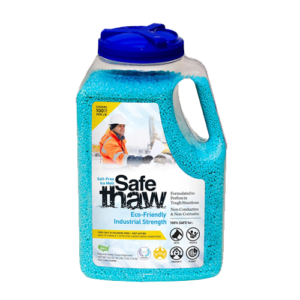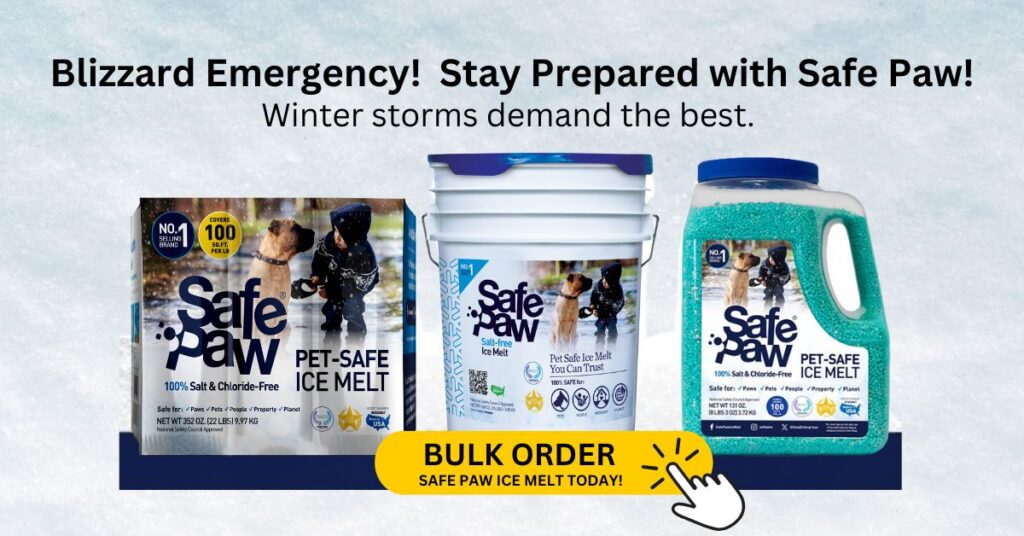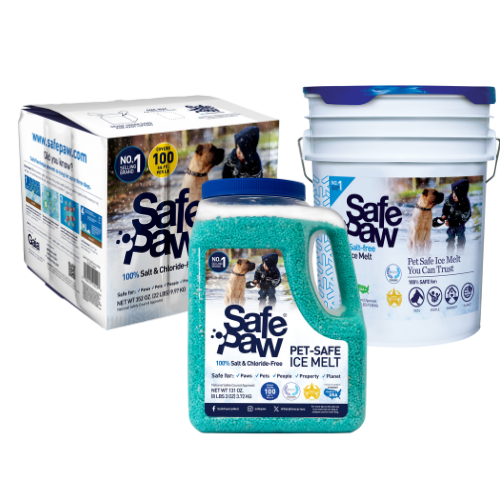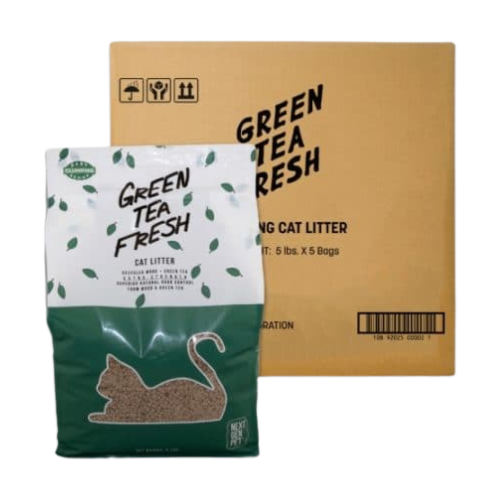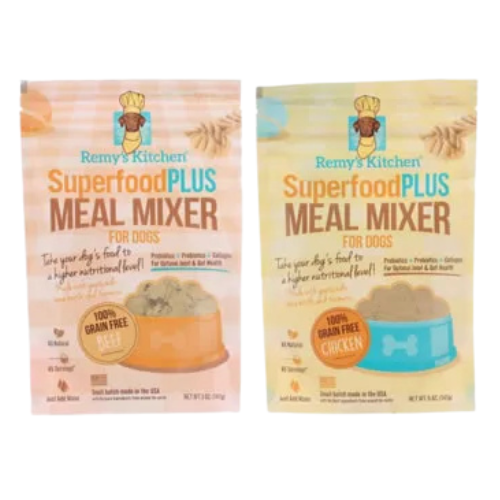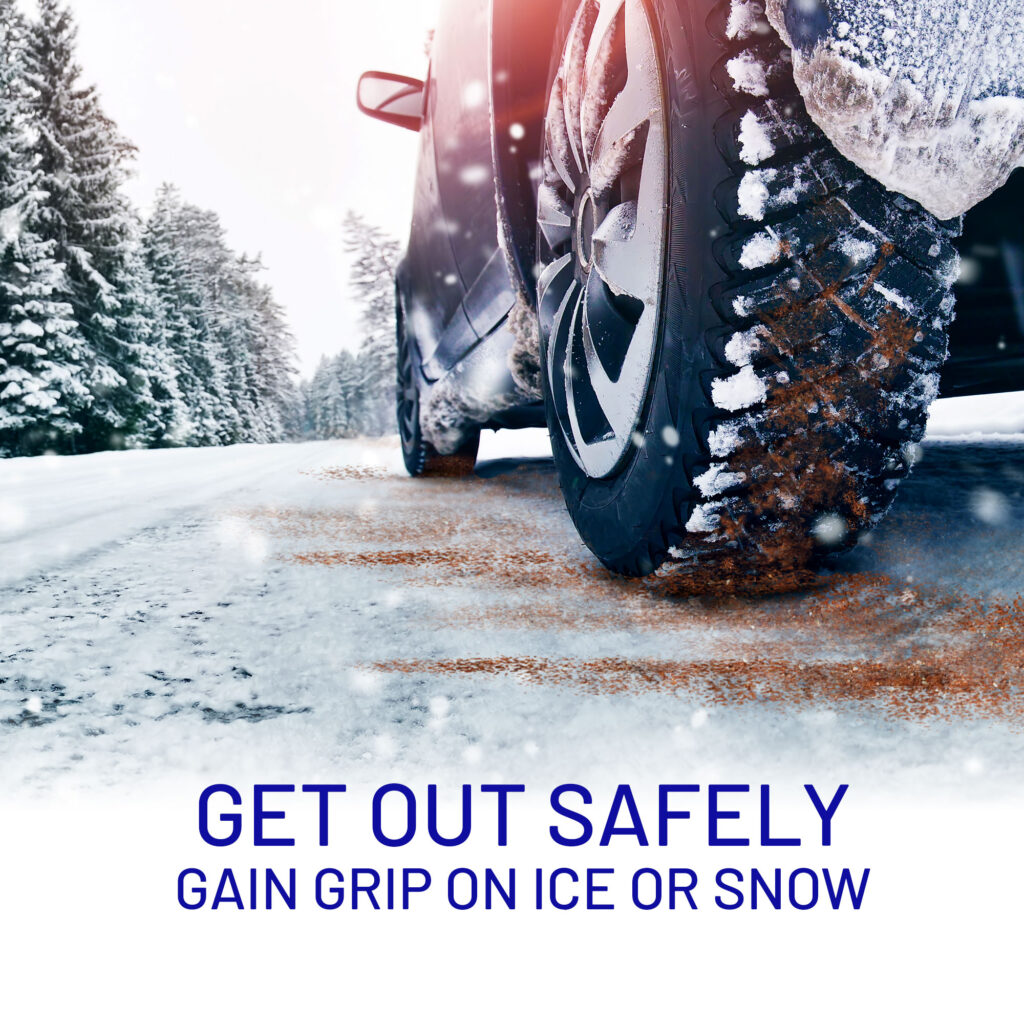8 DIY Ice Melt Solutions That You Can Make In Seattle
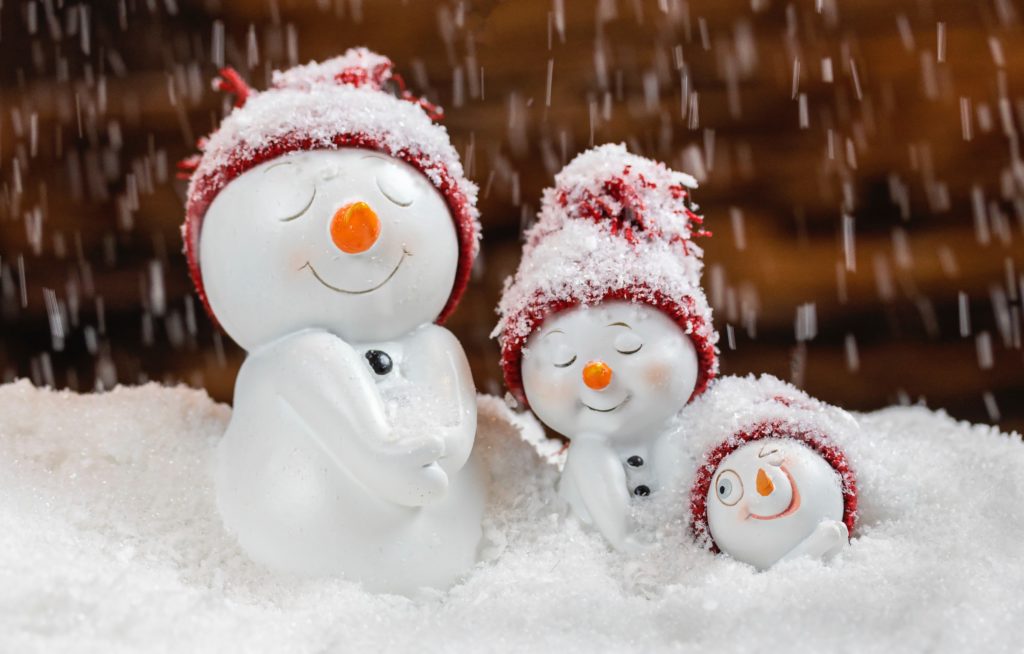
For Seattle, the Old Farmer’s Almanac predicts that ‘winter temperatures and precipitation will be close to normal, on average, with below-normal snowfall. The coldest periods will occur in mid-January and early and late February. The snowiest periods will occur in early December and from mid-to-late February.’ However, Forecaster, in its report indicates the confidence of 40-50% chance of below-normal temperatures in the winter in Seattle.
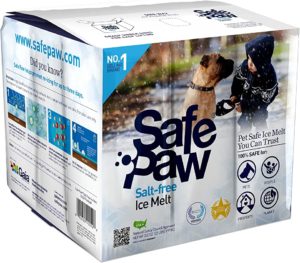
Pet Friendly Ice Melt – Safe Paw!
The Original and the #1 Child and Pet Safe Ice Melt for over 20 years. Guaranteed environmentally safe – will not harm waterways and sensitive wetlands.
Recipe: How to Make DIY Ice Melt
Are you ready for the snow?
Creating your own DIY ice melt can be a rewarding way to tackle winter’s challenges. In this article, I’m going to reveal 8 ice melter DIY solutions that you can easily make at home.
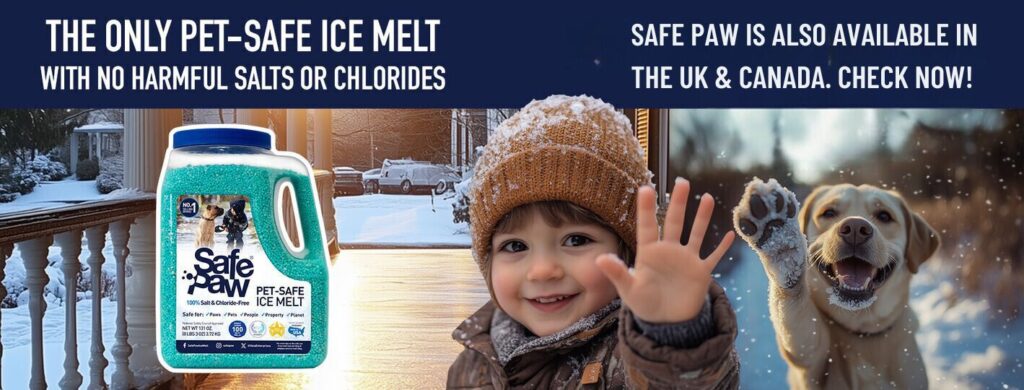
1. Vinegar Ice Melt
Vinegar—not just for salads! This kitchen staple can double as an effective ice melt. Vinegar contains acetic acid. This component works to lower the freezing point of water, easing the ice melting process.
Recipe:
- Take 1 part white vinegar and 1 part water. Mix them well.
- In a spray bottle fill the solution upto 75% of its capacity. Now apply the solution directly to icy surfaces. Now let your handy eco friendly ice melt option work on icy patches.
2. Alcohol Ice Melt
Rubbing alcohol, with its low freezing point, acts fast against ice. It’s particularly useful when temperatures are stubbornly below freezing.
Recipe:
- Combine two parts of rubbing alcohol ice melt with one part water.
- Add a squirt of dish soap to enhance the mixture’s ice-melting power, and apply it to the icy patches.
3. Salt Ice Melt
Salt is the old faithful of ice melting, known for its ability to disrupt ice’s grip by lowering the water’s freezing point.
Recipe:
- Sprinkle table salt or rock salt liberally over icy areas.
Pet Safe Ice Melt – Safe Paw
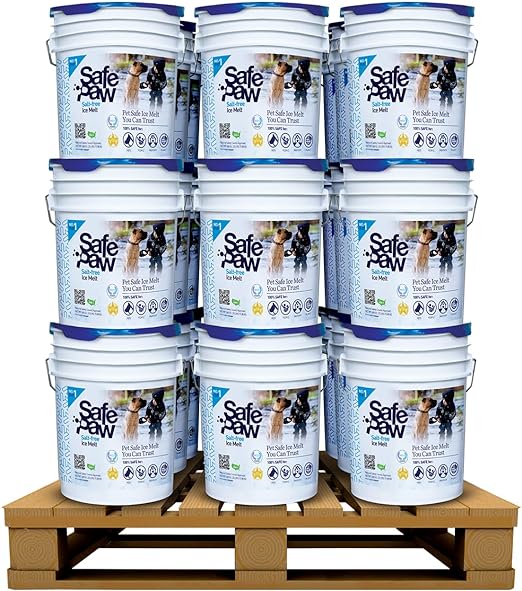
Safe Paw, Child Plant Dog Paw & Pet Safe Ice Melt -35lb, 36 Pails

Safe Paw, Child Plant Dog Paw & Pet Safe Ice Melt -22lb, 100Bboxes
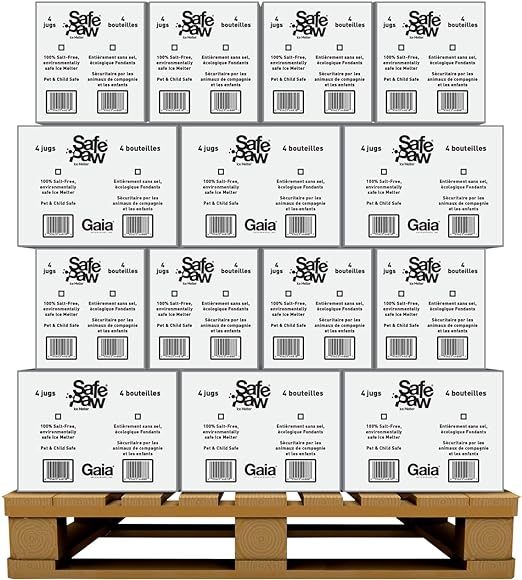
Safe Paw, Child Plant Dog Paw Pet Safe Ice Melt, 160 Jugs
Pet Products Powered By EzPz.pet
4. Sugar Ice Melt
Sugar, much like salt, can lower the freezing point of water but with less risk of corrosion, making it a safe ice melt alternative for areas near vegetation.
Recipe:
- Dissolve sugar in hot water until saturated.
- Pour over ice to speed up melting.
5. Baking Soda Ice Melt
The next on the list is baking soda. This option is considered safe and effective. That is because baking soda not only acts as a de-icing solution but also creates traction on slippery surfaces.
Recipe:
- Directly sprinkle baking soda over icy patches.
6. Calcium Chloride Ice Melt
Not necessarily a DIY ice melt solution but it’s considered a powerhouse in the ice melt world. Calcium chloride works effectively even in extreme cold.
Recipe:
- Scatter calcium chloride pellets or flakes over ice.
7. Magnesium Chloride Ice Melt
Less harsh than calcium chloride, magnesium chloride is safer for use around pets and plants and works efficiently in low temperatures.
Recipe:
- Spread magnesium chloride pellets evenly over ice.
Gaia Enterprises Inc. delivers 100% pet-safe and environmentally friendly winter products. Safe Paw, our flagship product, is the #1 selling pet-safe ice melt that does not harm pets, safe if ingested, and safe on all types of concrete.
8. Brine Solution
Brine, a solution of salt and water, is great for pre-treating surfaces to prevent ice from bonding.
Recipe:
- Create a saturated solution of rock salt in water and apply to surfaces prior to a snowfall.
DIY Ice Melt vs. Commercial Ice Melt
When comparing DIY ice melt to commercial products, the differences can be significant. Homemade versions often utilize vinegar ice melt or alcohol ice melt, which are less harsh on the environment and surfaces than many store-bought salt ice melts. However, commercial ice melts may offer more convenience and potency, particularly in extreme conditions. The key is finding a balance that considers both effectiveness and environmental impact, aiming for a truly safe ice melt.
Application Tips for DIY Ice Melt
Applying DIY ice melt effectively requires some know-how. First, always sprinkle the ice melt thinly and evenly over the ice; a little goes a long way. If you’re using a vinegar ice melt, be patient, as it may take a little longer to act compared to harsher chemicals. For larger areas, consider using a spreader to ensure even distribution, minimizing waste and enhancing the effectiveness of your homemade ice melt. Lastly, always store any leftover ice melt in a sealed container to keep it effective for the next use.
Here are some more alternatives to ice melt products:
1. Ashes –
Adding ashes can help you increase friction on the floor and allow you to immediately cross the slippery layer of ice without the fear of fall.
Although traction doesn’t melt ice, it can definitely help you avoid some slip and fall accidents.
2. Kitty Litter –
Kitty litter is another traction agent that can help you use your driveway and pavement without the risk of slipping and falling.
3. Urea –
Urea is commonly used as a fertilizer, but it is also used as an effective ice melt product. It melts ice down to 15 degrees Fahrenheit. However, over-application can cause damage to vegetation.
4. Sand –
Sand is usually used by municipalities but is hard on the pet’s paws. Many ice melt brands mix sand in their solutions. Sand erodes the tender paws of our pets.
5. Alcohol –
Rubbing alcohol might not be as powerful as salt-based ice melt. However, it is better ice melter DIY than these ice melt as it is not as toxic or harmful as salt-based products.
6. Beetroot Juice –
Another ice melt solution that is gaining popularity these days is beetroot juice.
Although it does the job of melt ice well, there’s a major con attached to it. One thing to take care of is that sugar beet juice can leave its mark on deiced surfaces that are hard to remove.
7. Fertilizer –
Another way to melt ice is by pouring the fertilizer atop the snow. And the heating effects of the fertilizer will gradually start to melt the snow. However, the process is a little slower than salt and rubbing alcohol. Compost can consist of potassium chloride, ammonium sulfate, and urea.
8. Rocksalt –
Using rock salt is the most popular way of melting ice and reaching from point A to point B. You may use a good spreader for ice melt spreading but it’s still not safe. It can lead to serious for our pets, plants, and environment. It can also corrode your concrete driveways and sidewalks.
Every homemade recipe, no matter what it contains, has one or the other con. The reason is, these remedies are quick hacks or tricks and not made to solve the problem. On the other hand, Safe Paw is carefully made keeping all the pros and cons of the available solutions in the market. Safe Paw is one ice melt that contains no chemicals in its blend and has no side effects like leaving stains or harming pets, plants, and property.
Stay safe and confident this winter with Traction Magic!
This innovative, 100% natural product offers instant traction on any icy surface. Whether you’re navigating your sidewalk, steps, or driveway, Traction Magic helps you stay upright and prevents falls.
Other Ice Melt Products
Walk On Ice
Prevent slips at home, work or on the go, The handy disposable canister can be taken everywhere, with the same 100% naturally occurring minerals that provide instant traction on ice or snow.
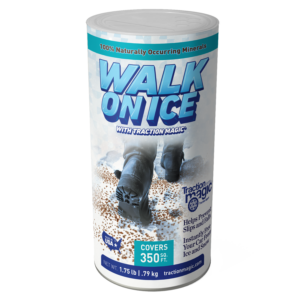
Safe Thaw
Imagine an ice melt you can put down and never worry about. It won’t harm pets, kids and your property. That’s Safe Thaw. Unlike anything else on the market, Safe Thaw can change how winter affects our planet.
